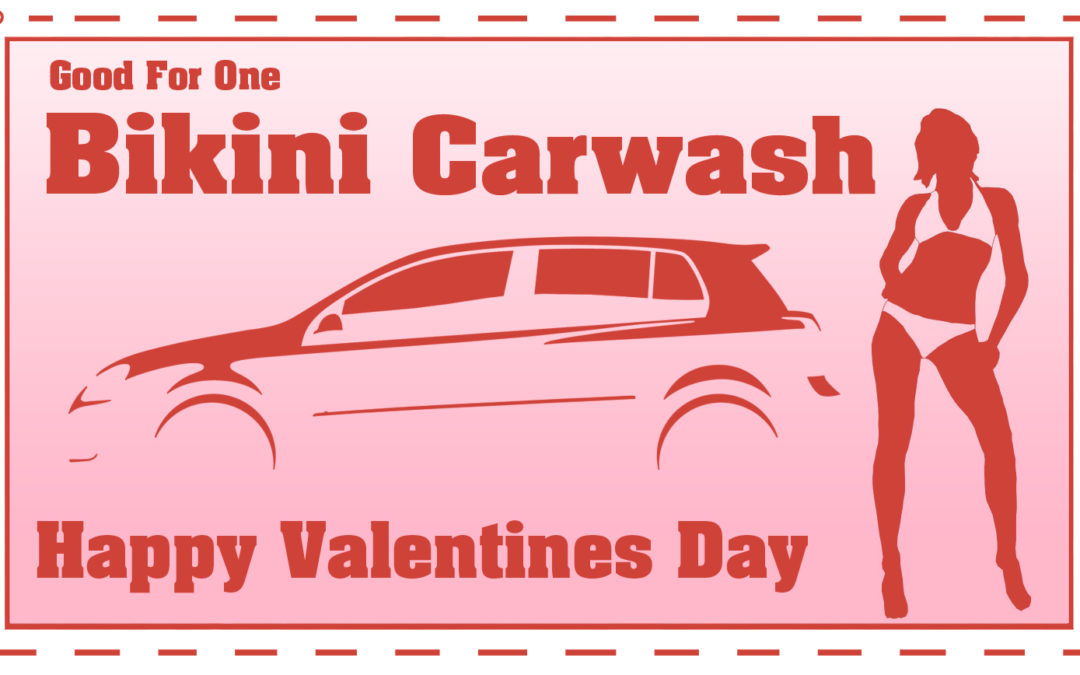OK… it’s not really the coupons, themselves.
(those can be hurting sales too… but more on that another day)
The problem is how, and when, you’re collecting the coupon codes.
Let’s walk through the user experience:
1. Search
They search for a product you sell.
4. Checkout
They go to checkout (AWESOME!!!)
2. Your Site
They end up on your website (yeah!)
5. Coupon
“Enter Coupon Code” box (uh-oh)
3. Add to Cart
The add it to their cart (Great!)
6. Wild Goose Chase
“Hey, I don’t have a coupon code… I should find one!”
Now one of two things typically happens:
Lose Some Money
They find a code for your site, come back and purchase, so you’re only out the coupon value.
Lose Entire Sale
They find a competitor’s site that does have a coupon (or a cheaper price).
So… how do we avoid this problem?
There are actually several possibilities, but you’re going to be limited by what your shopping cart software can do.
(NOTE: if you’re not sure if what you can do, or want other options, scroll down to the Next Steps)
Option 1: Custom Links
The best of all worlds is that you pass the coupon code in via a custom URL… something like:
https://www.yourwebshop.com/?coupon=couponcode
The software takes note of the code and keeps track of it throughout the customer’s session.
Where does the link come from?
That’s the hidden beauty of this strategy… you can link to it from anywhere… and then TRACK IT based on where the link comes from. That means you don’t have to create a new coupon code every time you use the URL in a new location!
Some obvious options for placement are:
- Facebook Ads
- Google Ads
- Blog posts
- Published articles
A couple of notes on this:
- Be sure to display some sort of in-page message when they first visit the site with the code in the URL. You want them to be confident that it worked and will be applied when they checkout.
- Be sure to display the code, and discount, on the checkout page (and possibly even the shopping cart page). But show it ONLY if there’s been a code applied… otherwise there should be no mention of coupon codes.
- If you really want to get fancy (and, again, your software supports this option), you can use that coupon code to trigger other events such as special products or one-click up-sells.
What if I’m not doing any advertising or outbound marketing?
Well, first… if you’re still relatively successful, it’d be a good idea to earmark a bit of budget to try out a couple of marketing channels!
But the short answer is simple: place a banner on your own home page. Yes, the banner will link back to your own site, but there’s no problem with that as long as you’re displaying a “coupon applied” message (see #1 above)
Option 2: A Dedicated Page
This could work in tandem with the option above, but it’s also an option for just having someone enter their code. You create a page on your site that is just for entering coupon codes. Then you link to that page from wherever you want. Just do not link to it from anywhere in the checkout process.
Option 3: Hide the Field with a Text Link
If the only option you have is to put that dreaded input box on the checkout or cart page, you’ve got one other option to minimize the damage.
It’s a bit technical and will probably require some HTML, CSS and maybe JavaScript skillz, but the idea is pretty simple:
- Hide the form field by default
- Add a basic text link somewhere (not too obvious) that says something like “Coupon.”
- When the user clicks the link, then show the form field.

